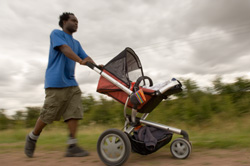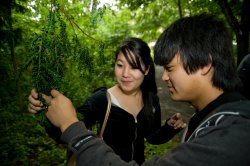-
- DNA fingerprinting
- DNA species identification
- Habitat network analysis
- Land use & ecosystem research
- Pest management
- Pesticide efficacy testing
- Plant, tree, soil & water testing
- Social & economic research
- Technical development services
- Technical Services Unit
- Tree health diagnostic & advisory
- Urban trees services
-
ServicesBack
- DNA fingerprinting
- DNA species identification
- Habitat network analysis
- Land use & ecosystem research
- Pest management
- Pesticide efficacy testing
- Plant, tree, soil & water testing
- Social & economic research
- Technical development services
- Technical Services Unit
- Tree health diagnostic & advisory
- Urban trees services
Research
Research Status:completed

 lands and forests. The evidence collected and analysed by Forest Research provided evidence for policy development, suggesting how user engagement, activities and modifications in services could help to improve social inclusion.
lands and forests. The evidence collected and analysed by Forest Research provided evidence for policy development, suggesting how user engagement, activities and modifications in services could help to improve social inclusion.